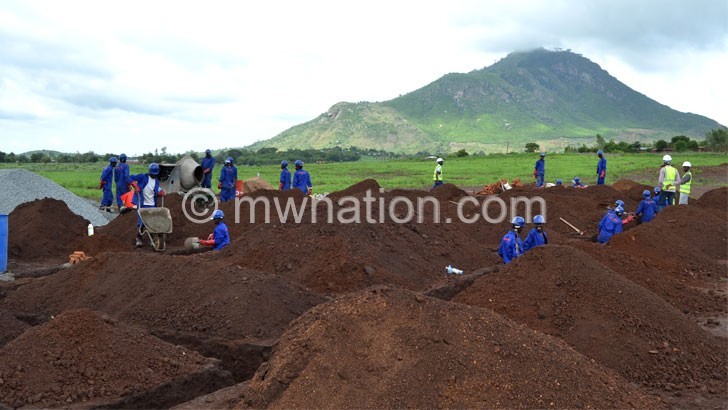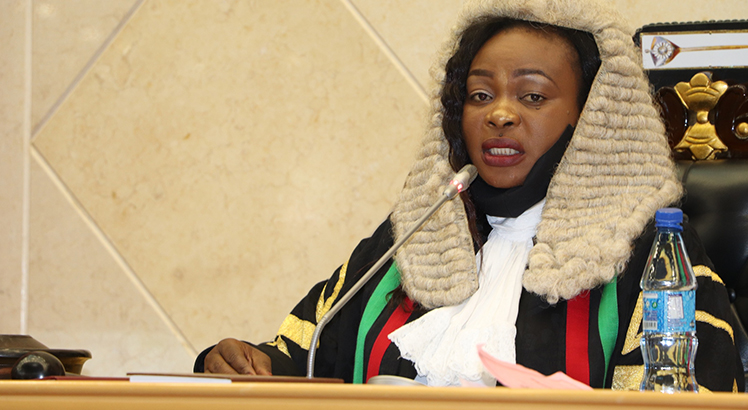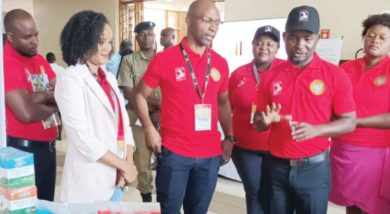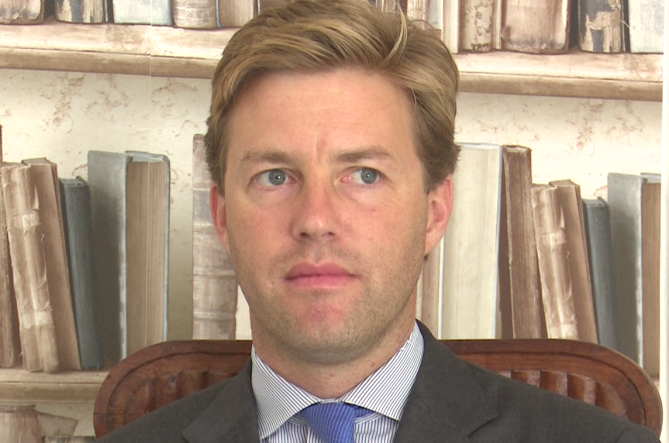The year Malawi was water-stressed
Whoever coined the tagline “water is life” was not simply trying to be fancy. He or she meant it.
Water is everything. Water is indeed life. It is little wonder that world leaders, through the United Nations Sustainable Development Goals (SDGs), set out SDG goal number six that challenges them to ensure availability and sustainable management of water and sanitation for all.

For Malawi, the year 2018 will yet again go down as a period when the country was virtually water-stressed with nearly all water boards pleading with consumers to sparingly use water or risk rationing.
Mostly, reasons for the water problems ranged from population growth not matched with investments in supply infrastructure as well as degradation of catchment areas that led to drying up of water sources such as rivers and dams.
From the drying of Lake Chilwa, a protected wetland in Zomba which supports about one million people, to the receding of Mpira Dam in Ntcheu that supplies water to about 500 000 people in Balaka, Ntcheu and Balaka districts, the country has had it all. To worsen the situation, decreasing water levels in Lake Malawi and its sole outlet, the Shire River, economically crippled the country as hydro-electricity generation capacity was negatively affected.
Reports of dry taps across many urban centres made headlines in the media.
The Global Forest Watch reported that from 2001 to 2017, Malawi lost 149 hectares of tree cover, thereby exposing water body sources.
During the year, the country’s five water boards—Northern Region Water Board (NRWB), Central Region Water Board (CRWB), Southern Region Water Board (SRWB), Blantyre Water Board (BWB) and Lilongwe Water Board (LWB)— confirmed a myriad of water challenges choking their statutory mandate to supply clean water to millions of thirsty Malawians.
Experts say the unavailability of clean water also has effects on the general health situation of Malawians. In 2018 alone, the country recorded a cholera death toll of 30 largely blamed on drinking contaminated water.
In an earlier interview, Ministry of Agriculture, Irrigation and Water Development director of water supply and sanitation Emma Mbalame warned of more challenges if nothing is done to save the country from a possible water crisis.
She cited catchment area degradation, population boom and failure to maintain and upgrade water supply infrastructure as the main catalysts for the water challenges, saying people would fail to access water in the coming years.
Said Mbalame: “We have a hoard of problems that we must deal with. Examples abound from the siltation which has resulted into the drying of Mpira Dam in Ntcheu, the onslaught on the Malingunde Dam catchment area [in Lilongwe] are just some of the examples.
“Most water boards are failing to supply water to people because their infrastructure is depleted and needs heavy investment.
“There must be a heavy injection of resources into water infrastructure, a stop in environmental degradation and sound consistent policies.”
In early December 2018, communities in Balaka and Ntcheu were scampering for the scarce resource, resorting to the use of unreliable and sparsely populated boreholes where women were spending nights in search of water.
There have been reports that the catchment area of Malingunde Dam where LWB pumps its water for the capital city has seen a lot of reduction of water levels resulting into frequent dry taps for residents in the city.
Water for People country director Kate Harawa said the country can do better to address inconsistencies in some policies and laws guiding the water and environmental sectors.
Parliament passed the Water Resources Act, but experts have called for the formation of a water resources authority which could be instrumental in coordination of water usage bodies and management of the sector.
The situation is not all gloomy, however. There are several projects being undertaken by water boards to improve supply. These include the Likhubula Water Supply Project by BWB to tap water from Mulanje, the heavy-duty boreholes project by SRWB in Balaka, the borehole project by CRWB in Kasungu and the stalled Salima-Lilongwe Water Project for LWB.
Malawians are waiting with bated breath for the day they will have uninterrupted water supply for their healthy livelihood.





